Over time, all mechanisms fail. The reinforcement in the toilet tank is no different. Often we learn about it when it comes to pay for water. We look at the counter and do not believe our eyes – where so much water could be spent?!
The fault of everything, most often, our friend is toilet. Calm and calm again! This problem can be calmly solved by yourself, unless, of course, there is a desire.
So, how to repair the toilet and where to start? First we need to remove the tank cover. Two options for fastening the cover are possible here. Either you need to twist the button body (which we press to lower the water) – such a design exists on many models of the toilets of a not very expensive segment; Either gently pull the buttons themselves from the case and then we will see a screw for fastening the tank cover, which must be unscrewed. We remove the cover carefully. Do not forget, it is ceramic and rather fragile, you don’t need to throw it.
The cover is removed. There are two mechanisms inside the tank – one fills the tank with water and closes the water, it is called a float valve or a fill valve. The second drains the water after pressing the button and is called the drain mechanism.
How to determine which one failed? It turns out that this is not at all difficult. On the inside of the tank there is a special label, an oblong influx right on ceramics. This label shows the level above which the water should not rise in the tank. If the water level is approximately on this mark, and the water at this time flows in the toilet with a thin stream, then the drain mechanism has broken. If the water is typed much higher than this mark and drains into the safety tube (usually it is located directly in the center of the drain mechanism), then the filling valve is faulty.
The filling valve is easier to change. It is necessary to block the water with a corner faucet (if it is, if not, block the water on the riser), unscrew the nut on the water eyeliner (usually flexible hose) to the tank. Next, unscrew the nut that fixes the mechanism itself on the wall of the tank. If you have a water supply to the tank from below, do not forget to drain all the water from the tank and only then unscrew the flood mechanism. Remove the filling mechanism and go with it to the nearest plumbing store. Buy a new mechanism and put it in the reverse order.
Repair, as a rule, is not subject to flooding mechanisms. The exception is cases when the mechanism was clogged with mechanical particles (rust, scale, sand) and it can be carefully disassembled and washed. It is better to prevent this and put filters of mechanical water cleaning at the entrance to the house or apartment. They are not a lot of money, and nerves will save decent. When using filters, the service life of all mechanisms working in contact with water increases significantly. As for the filling valves, their service life depends on many factors and can vary on several months (mainly Chinese products) and reach ten years (for example, Geberit – Switzerland).
So, if the filling valve is in order, then you need to change the drain mechanism. It will be a little more complicated, but we are not used to retreat! Ideally find a completely identical mechanism for replacing. In this case, you do not have to remove the tank from the toilet. It will only be necessary to turn the upper part of the drain mechanism counterclockwise and pull it out of the base (a glass that is fixed at the bottom of the tank). This operation must be carried out carefully so as not to break the basis of the mechanism. Next, we take the top of the drain mechanism and go to the nearest plumbing store at the purchase. We insert the upper part in place, put everything in place and rejoice at a successful repair.
If you were not able to find a completely similar mechanism, do not be discouraged. You can unscrew the tank fastening to the toilet, remove a completely broken drain mechanism and replace it with a new. It’s okay if the new mechanism is constructively different from what stood before. The functionality will not change. Plus, it will be possible to choose a newer, economical drain mechanism, for example, with two flushing modes. As a rule, the mechanism includes a gasket between the tank and the toilet and the new tank mount. Modern drain mechanisms have a universal structure that allows you to adjust the height of the drain mechanism to the height of almost any tank.
Put it in place, adjust it in height, collect everything that you disassemble and rejoice at the newly revived toilet. Next time I will write more about various types of mechanisms and the main differences.
To the record “How to repair the toilet?”57 comments left.


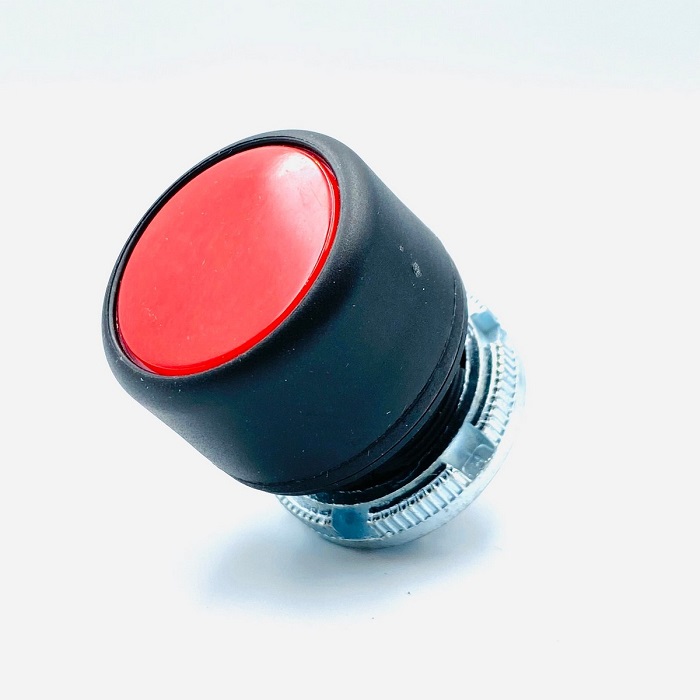
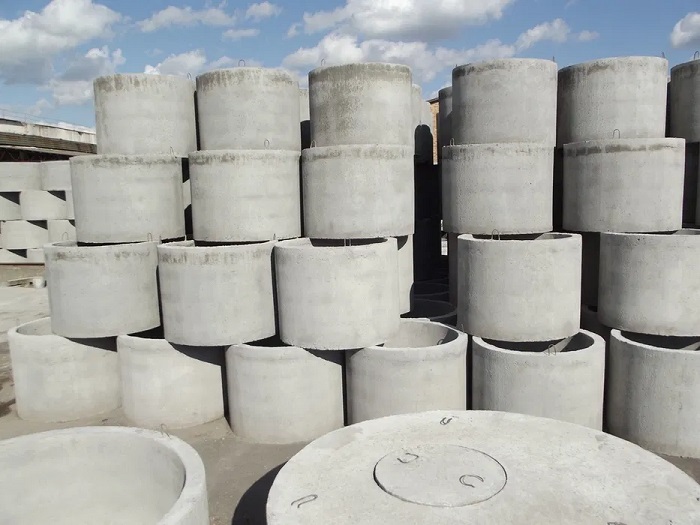



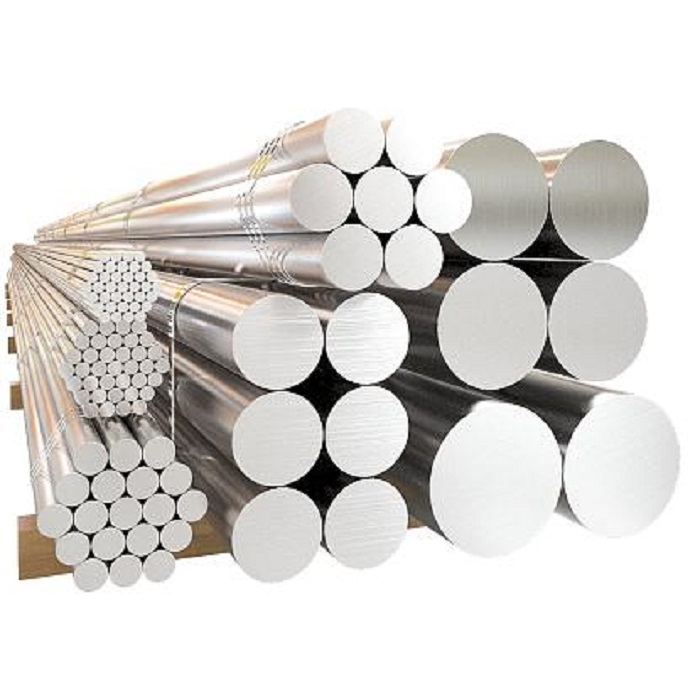

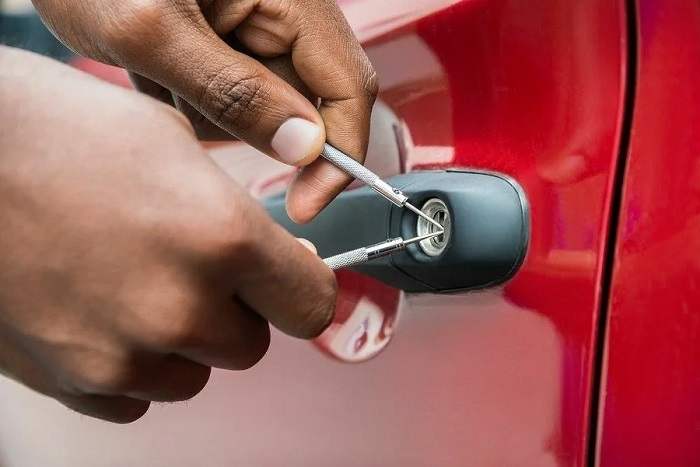
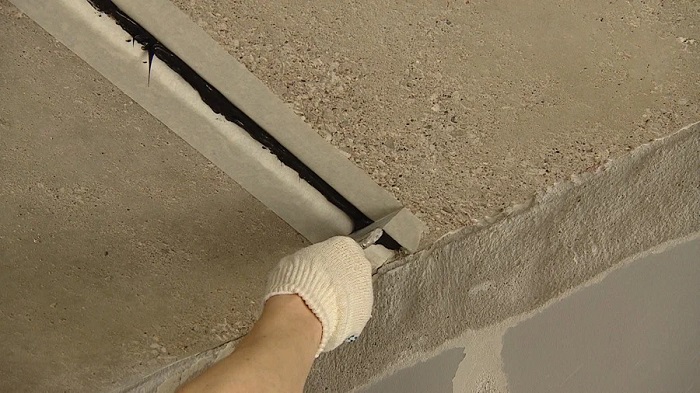


Leave a Reply